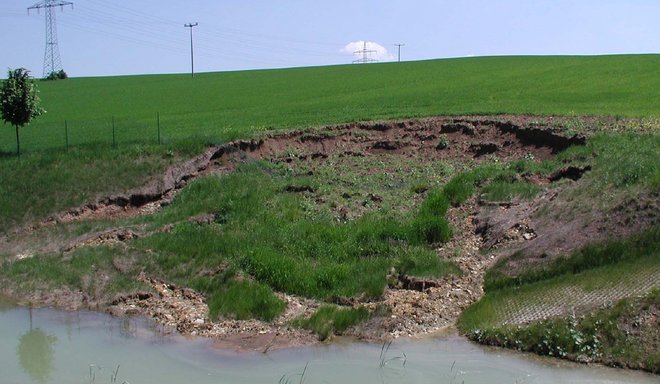
- Elective compulsory module
- Semester: 3
- Annualy in winter semester
- SWS: 4-times 45 min per week
- ECTS: 6
- Project of 2 ECTS
- Examination: written examination 120 min
- Lecturer: Prof. Dr.-Ing. Patrick Staubach, Dr.-Ing. Cristian Rodríguez, Dr. Gunther Aselmeyer
- Content:
- Different methods of slope stability analysis in cases of static and seismic loading (pseudo-static method, Newmark sliding block analysis)
- Slope investigation and monitoring
- Slope stabilization methods
- Seismic design of retaining structures
- Seismic ground response analysis
- Soil improvement techniques
- Computer exercise (slope stability Analysis with FE program Plaxis)
- Stability of rock masses
Aims
This module aims to enhance students' skills in managing geotechnical risks posed by natural hazards such as earthquakes and heavy rainfall. Students will learn advanced techniques for investigating and monitoring potentially unstable soil and rock masses. They will deepen their understanding of slope stability analysis under both static and seismic conditions and become proficient in methods of geotechnical earthquake engineering to assess the risk of geotechnical failure due to seismic events. Students will also gain the ability to study slope stability using the finite element method. Additionally, they will learn various slope stabilization methods and soil improvement techniques to mitigate risks from natural hazards. An engineering-geological aim is to identify various natural discontinuity planes in a rock mass and their properties to independently assess their impact on the stability of slopes and embankments. The theoretical knowledge gained will be applied in a project work.
Important Note
All documents, papers, handouts and old examination questions have been transferred to moodle recently.
Please sign up for the course to get full access to the data files.
